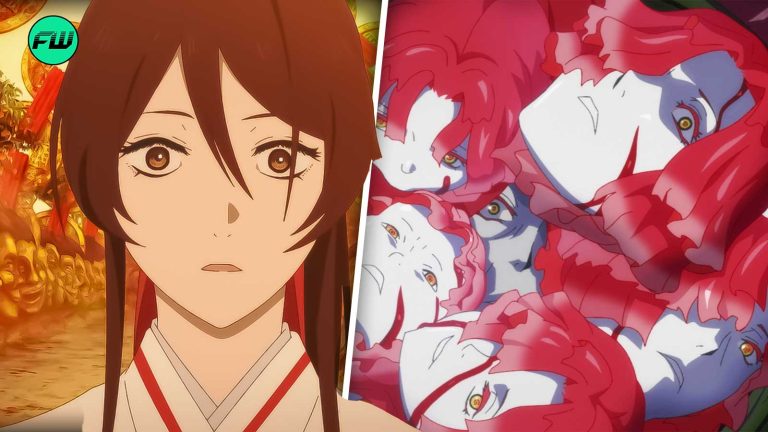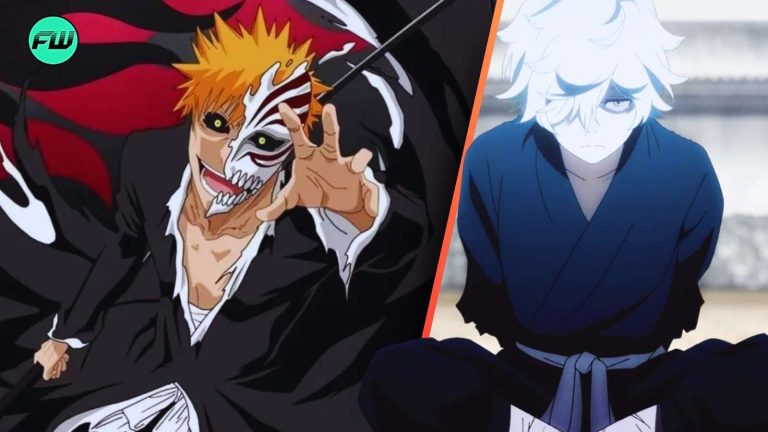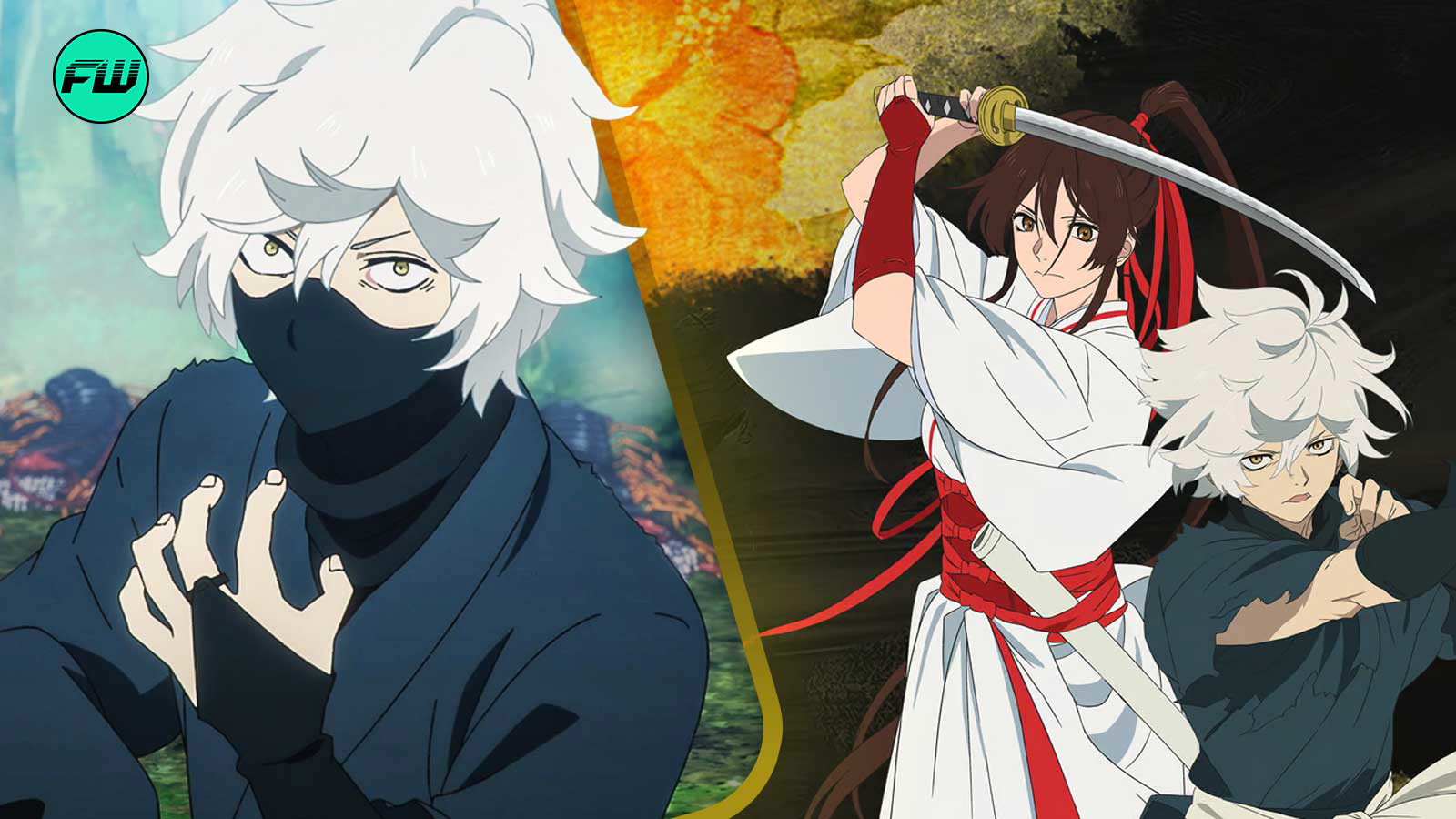
With all the right ingredients for success, from a compelling narrative to exciting plot progression, Hell’s Paradise garnered massive popularity. There’s great appreciation among fans for the show’s setting and the ideas portrayed in it. Set in the Edo Period, the anime-manga series depicts a stark contrast between the primitiveness of the timeline and the characters’ portrayal.
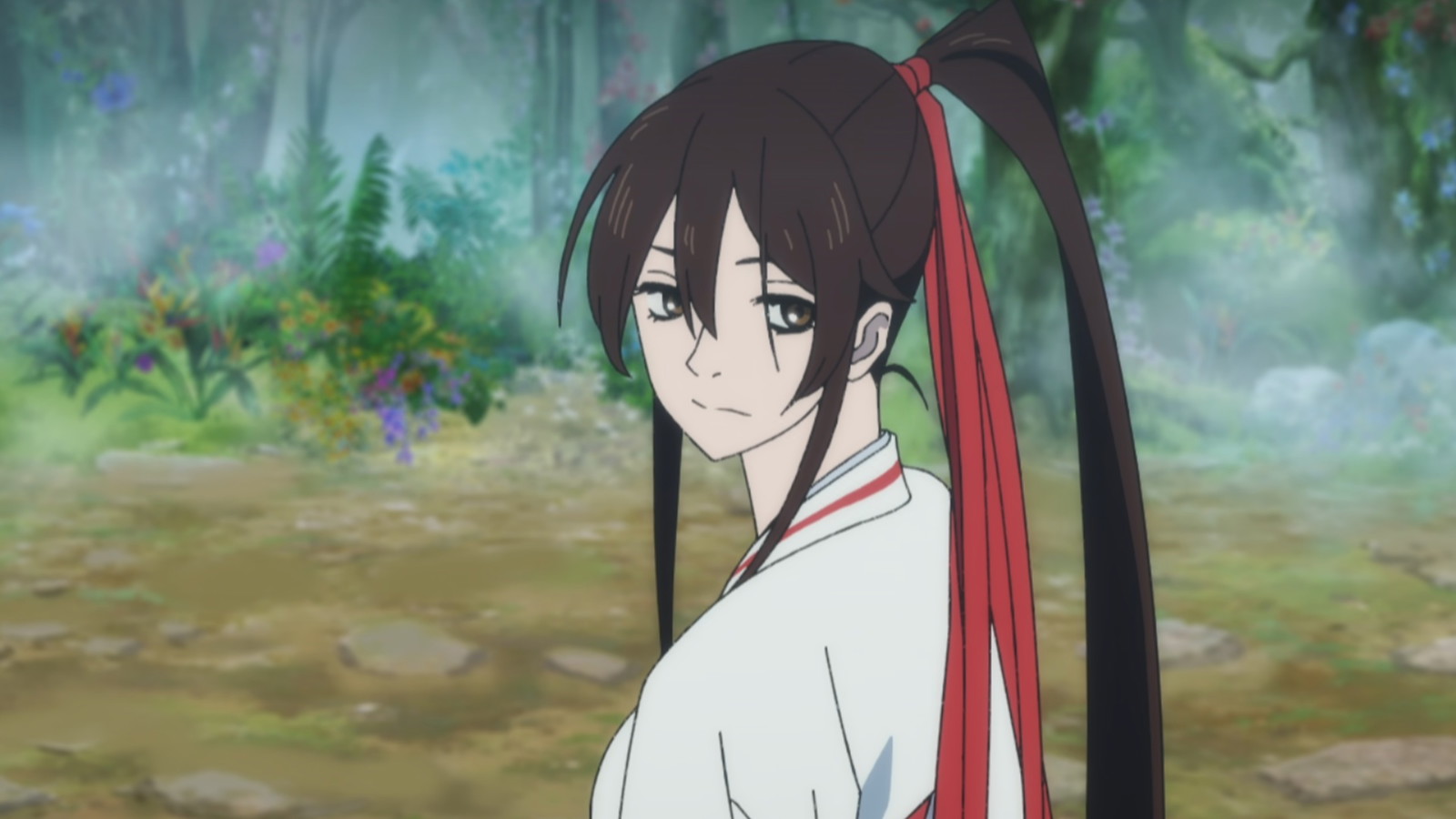
This can easily be considered the main highlight considering how the characters defy gender stereotypes in an excellent manner. Yet, we hardly see this aspect of the show being discussed. So, here’s how Hell’s Paradise transcends gender norms, presenting a refreshing picture of what’s expected from the male and female characters in anime.
Hell’s Paradise defies its own setting and it’s delightful to see the contrast unfold
Hell’s Paradise has a huge cast of characters, with Gabimaru and Sagiri at the center. The gender norms looked a lot different during the Edo period. Women were expected to be beautiful and accommodating, whereas men were supposed to be stoic and strong. Throughout the show, we see how Sagiri was often underestimated as she was a woman.
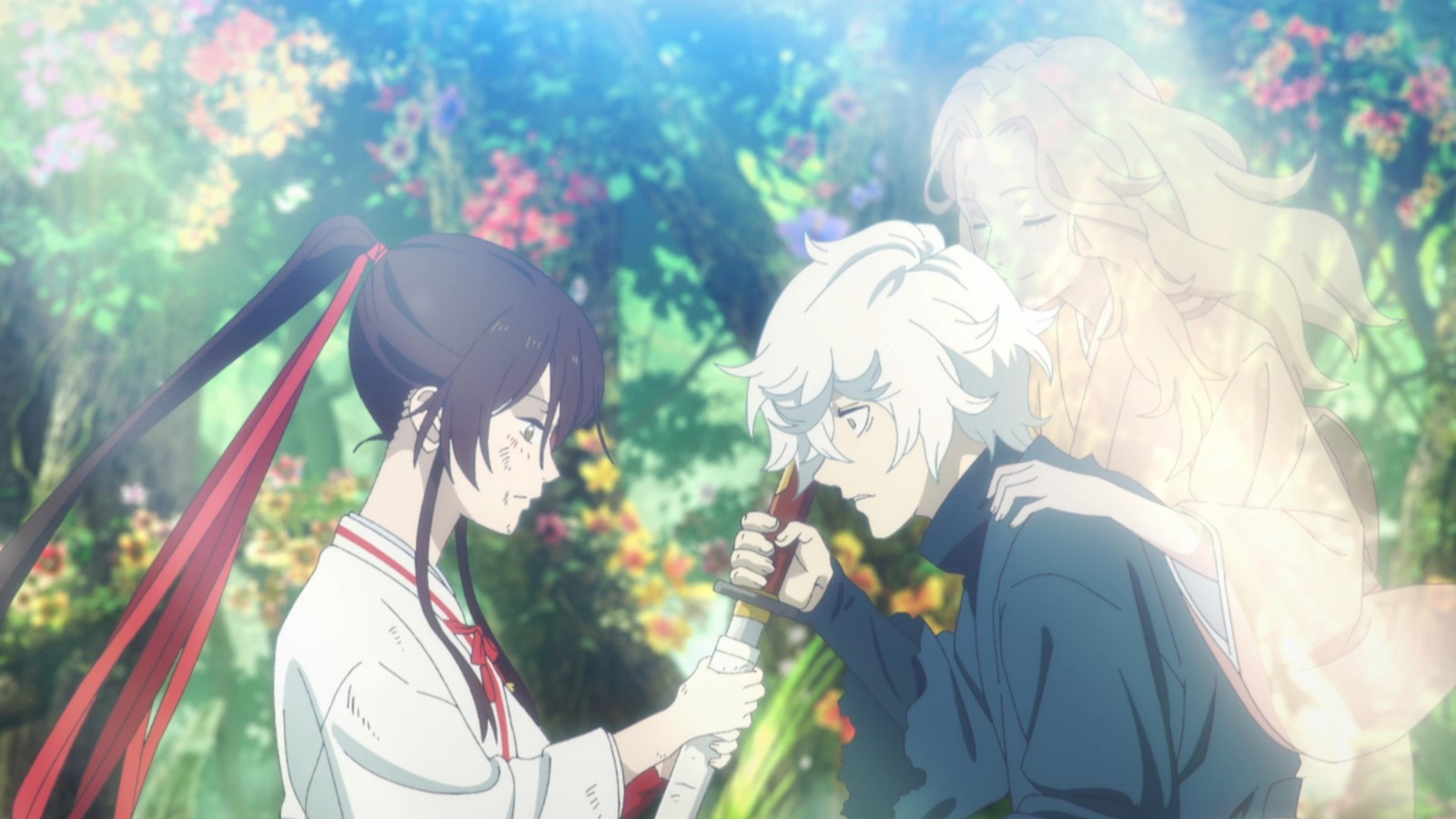
Irrespective of what was expected of her, she defied her father by choosing her own path. Her struggles or constraints weren’t only external, she also struggled with killing, which further strengthened the perceptions of those around her. This created a vicious cycle, which she broke by learning from Gabimaru.
She accepted that she had to kill and carry the guilt with her, as it was the cost of the path she had chosen for herself. This made Sagiri’s character extremely interesting to follow. Gabimaru underwent a similar development, as he grew softer after Yui. In one particular scene, Gabimaru’s thoughts contrasted the rigid beauty standards of the Edo period.
Gabimaru didn’t believe in the nonsensical beauty standards
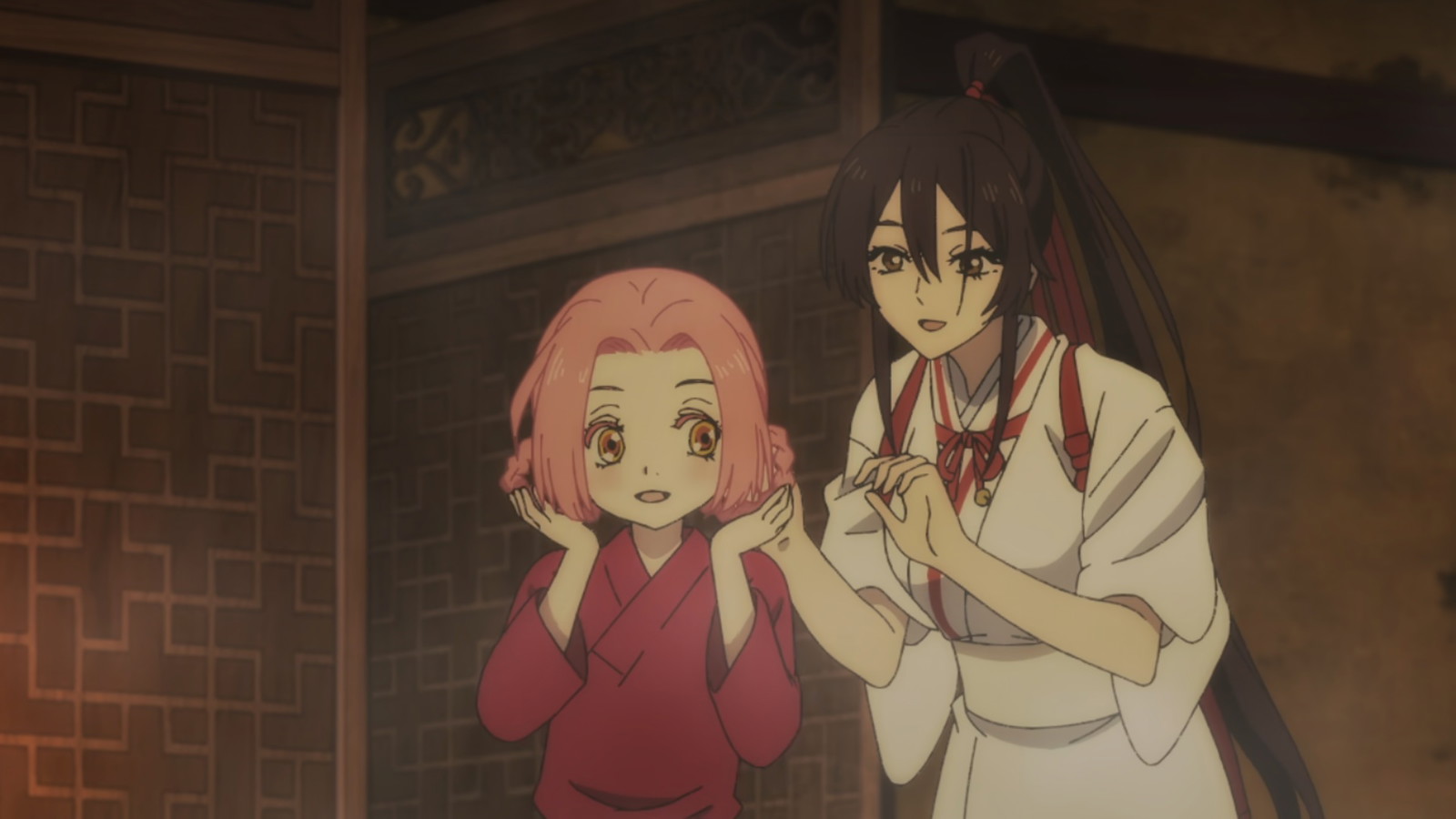
Gabimaru’s encouragement for Mei and Yui to not hide their scars challenged both these perceptions. In a scene from Episode 7, he tells Yui to not hide the scar on her face with her hair. She responds that even though that wasn’t her intention, she’s happy to hear that.
Similarly, he told Mei that she didn’t have to hide the scars on her back as the woman he loved looked the most beautiful to him despite her scar. And, we even get a commentary on the societal expectations from Sagiri. These scars didn’t fit the beauty standards, as perfect ladies with well-done make-up were the norm. And, that’s typically what a man would expect as well.
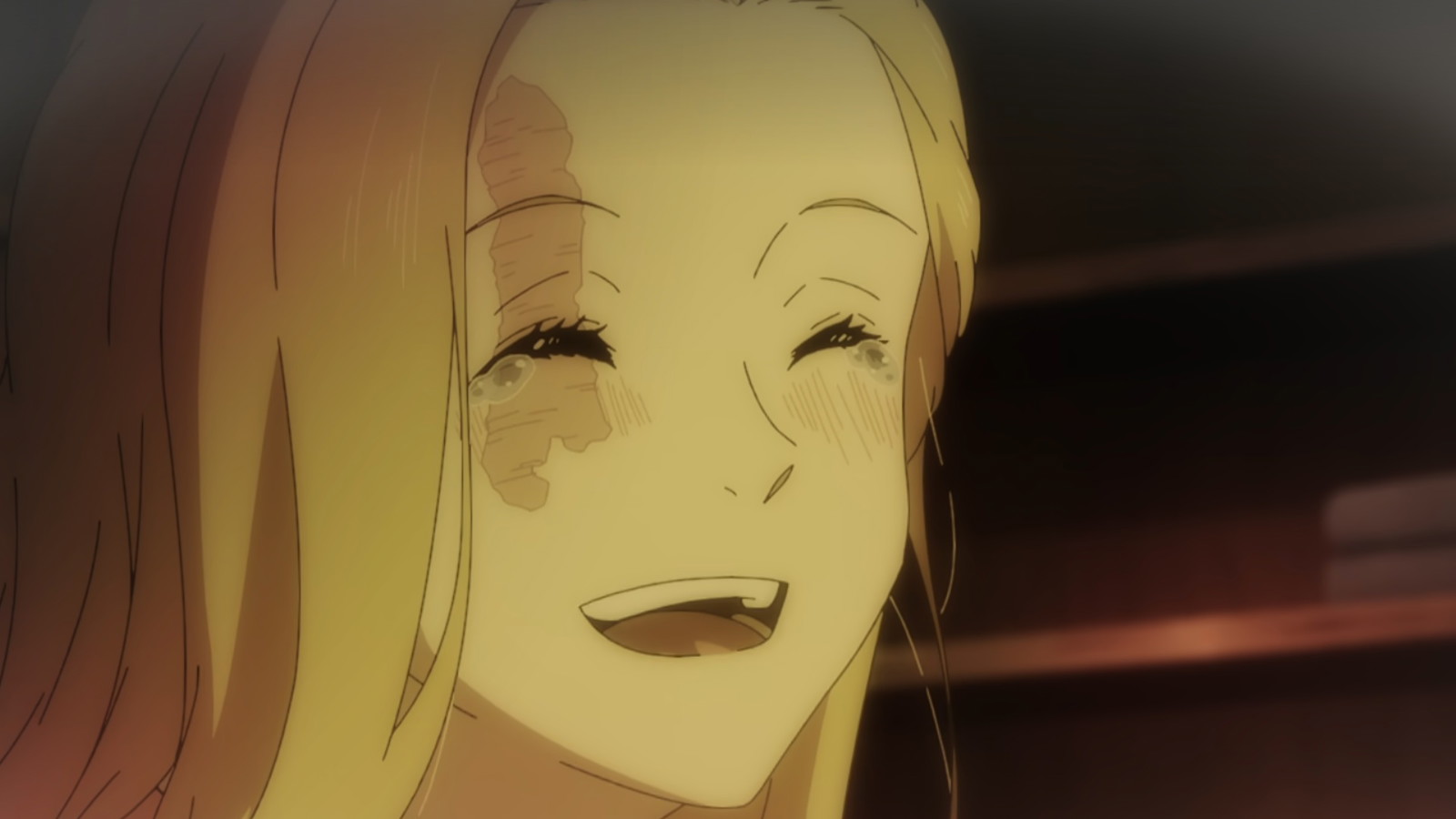
However, Gabimaru accepted and believed in something different and didn’t shy away from voicing it. It was a brief scene that easily gets lost in the grand scheme of things, but it holds significance as it showcased the not-so acceptable sides of both Gabimaru and Yui.
Hell’s Paradise is available to stream on Crunchyroll.
This post belongs to FandomWire and first appeared on FandomWire
